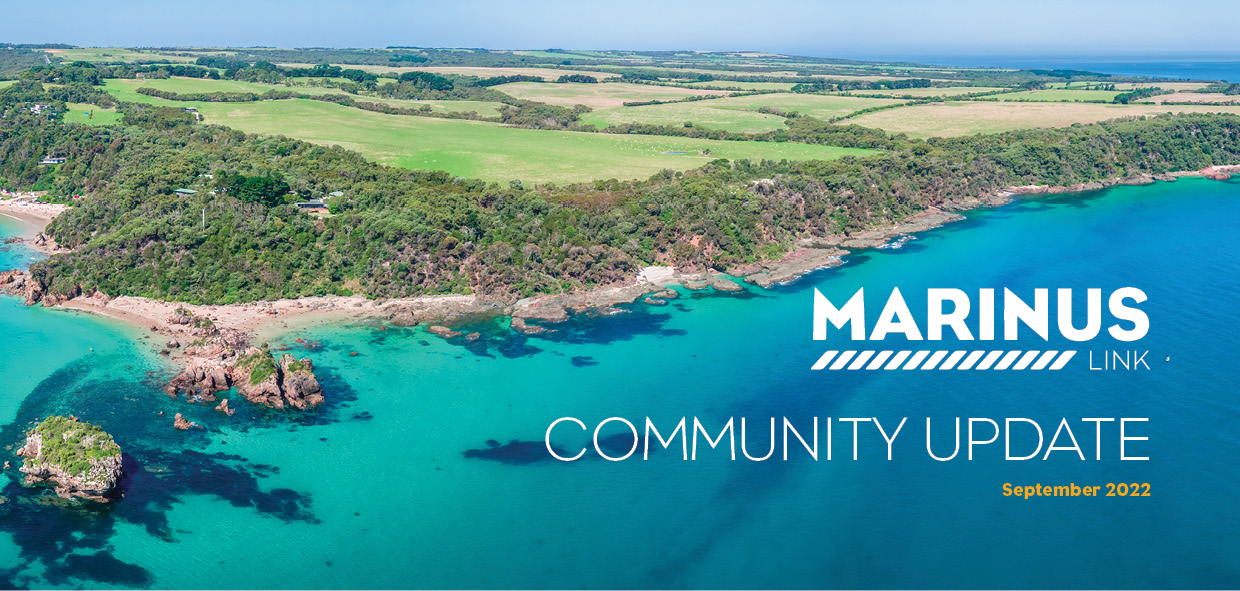
Marinus Link needs to be built ‘urgently’ to support energy market
A national plan has been released for the future of the energy market, which says Marinus Link should be built urgently to ensure reliability and security of electricity supply at the lowest cost to consumers.
The Australian Energy Market Operator’s (AEMO) plan comes as households around Australia face rising electricity prices and shortfalls in energy supply.
AEMO’s 2022 Integrated Systems Plan (ISP) lists Marinus Link among five national projects to be progressed urgently, as brown coal generation winds down in favour of renewables.
The ISP report highlights that Marinus Link will unlock Tasmania’s low cost, reliable and clean energy resources and access to deep hydro storage for the benefit of all Australians.
The Australian Government’s Rewiring the Nation Policy also supports the earliest delivery of key ISP projects, like Marinus Link.
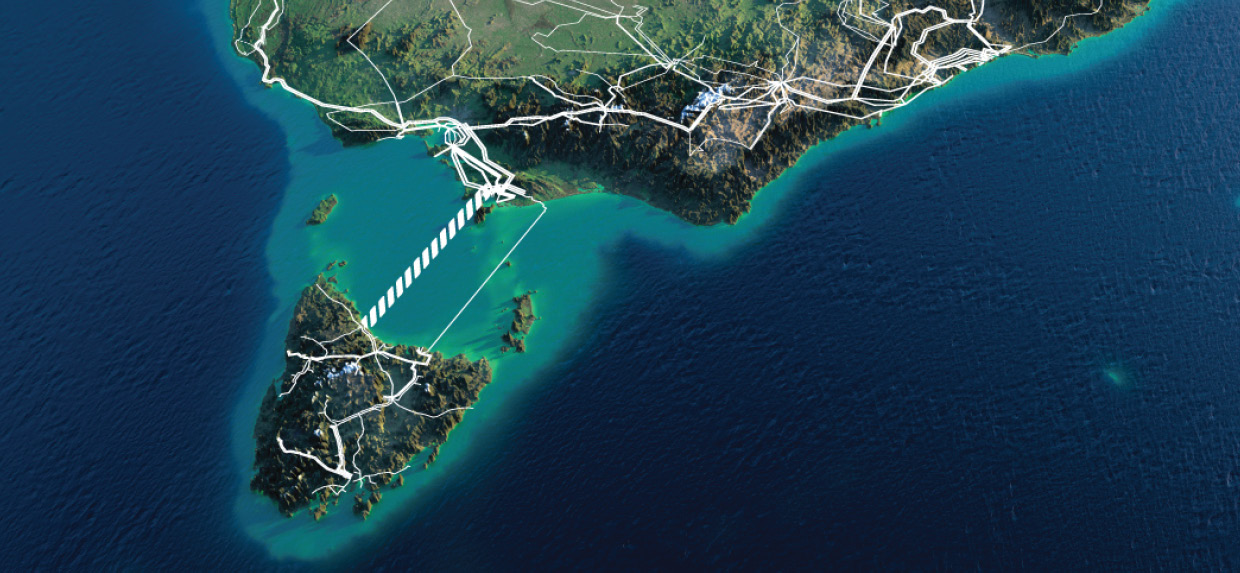
From tractors to tea cosies, and everything in between!
The first half of 2022 was busy for the Marinus Link team who were out and about talking to the community throughout Gippsland.
To kick things off we attended the busy Mirboo North Market in January. Despite being tempted by the smell of the delicious bacon and egg sandwiches from the Lions’ BBQ next door, we still managed to have some detailed conversations about the project with local residents!
In March, we proudly hosted a stall at Farm World for the second year in a row. Over the four-day event we talked to hundreds of people and answered many questions about the project. We look forward to coming back to Lardner Park in 2023!
In May, we experienced our first Fish Creek Tea Cosy Festival Market Day. It was great to see the town buzzing with activity, and the click-clacking of knitting needles! While we talked to over 100 people at the market, we also found the time to sample the scrumptious scones and vote for our favourite tea cosy.
The Tea Cosy Festival was followed by a drop-in session in Dumbalk where we chatted to the local community, listened, answered questions about the project and learned about the local koalas that wander around.
Recently, we’ve been shoring up the future workforce for Marinus Link with stalls at the Melbourne Jobs Expo, the Baw Baw Latrobe Job Skills Expo and the Federation University Open Day. We were also on hand to answer questions as part of the Gippsland New Energy Conference in Sale.
More community events to come!
We’ll continue to be out in the community in the coming months listening and sharing information about the project. Look out for upcoming drop-in sessions in your area from September. If you’re close to a drop-in session, you’ll get an invite in the post, and details about upcoming engagement activities will be available on our website. From September, we’ll also be back at some of your favourite South Gippsland markets. To see where we’ll be please visit: marinuslink.com.au/engagement .
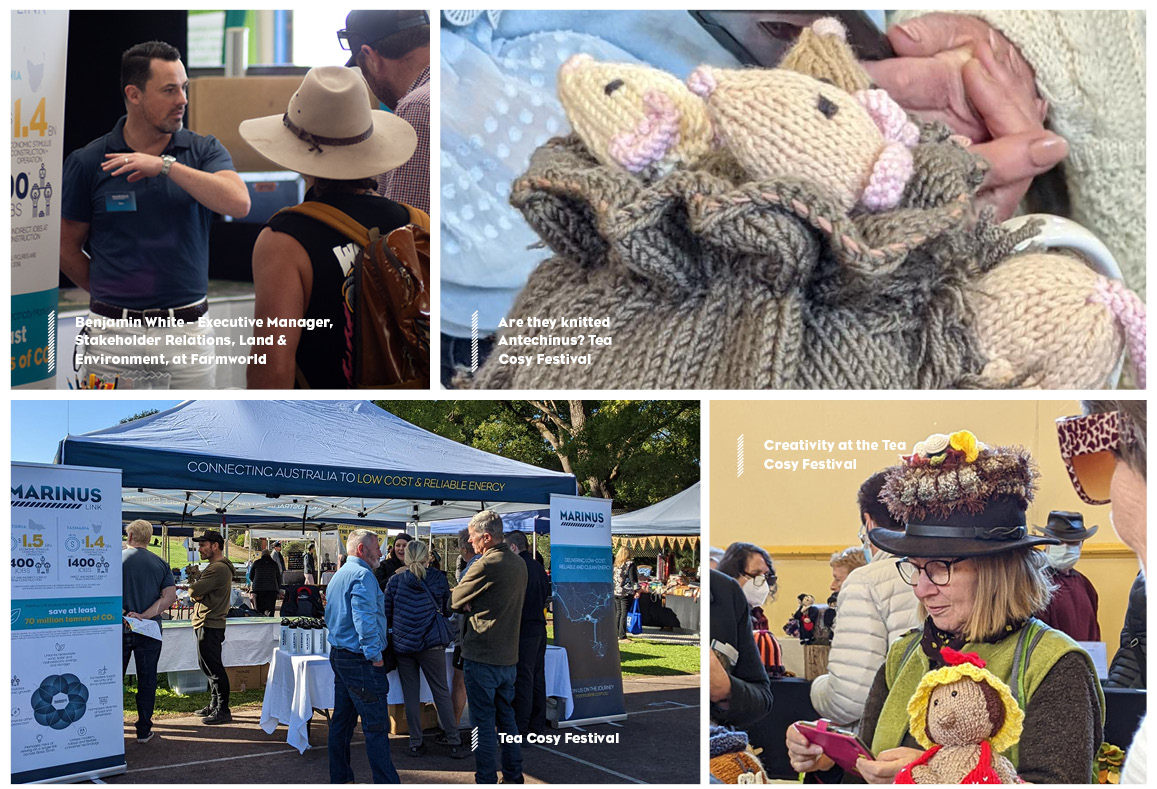
Recent and upcoming surveys in Victoria:
Surveys allow us to understand the natural environment and our local community. Marinus Link surveys assist in our planning and are conducted in line with statutory requirements and undertaken by specialist contractors.
Geotechnical investigations are taking place on:
- Private properties in the Latrobe Valley area.
- On the roadside along the proposed route at various locations between the Hazelwood area and Waratah Bay.
- Private properties in Waratah Bay.
Environmental land walkovers:
- The purpose of these walkovers is to identify potential areas of contaminated land and acid sulphate soils. Further testing is likely to follow.
Ecology surveys:
- Recording the presence of native plants.
- Night ecology surveys to record the presence of owls.
Cultural heritage surveys:
- Cultural Heritage walkovers and assessments are carried out by our field team and Traditional Owners on private parcels and public land, as well as before and during geotechnical surveys.
Agricultural surveys:
- Agricultural surveys will help determine what impacts Marinus Link may have on local and regional agricultural activities in the Gippsland region.
- Activities involve surveys and interviews with landowners to understand their current land use, and any future plans that may be benefited or impacted by Marinus Link.
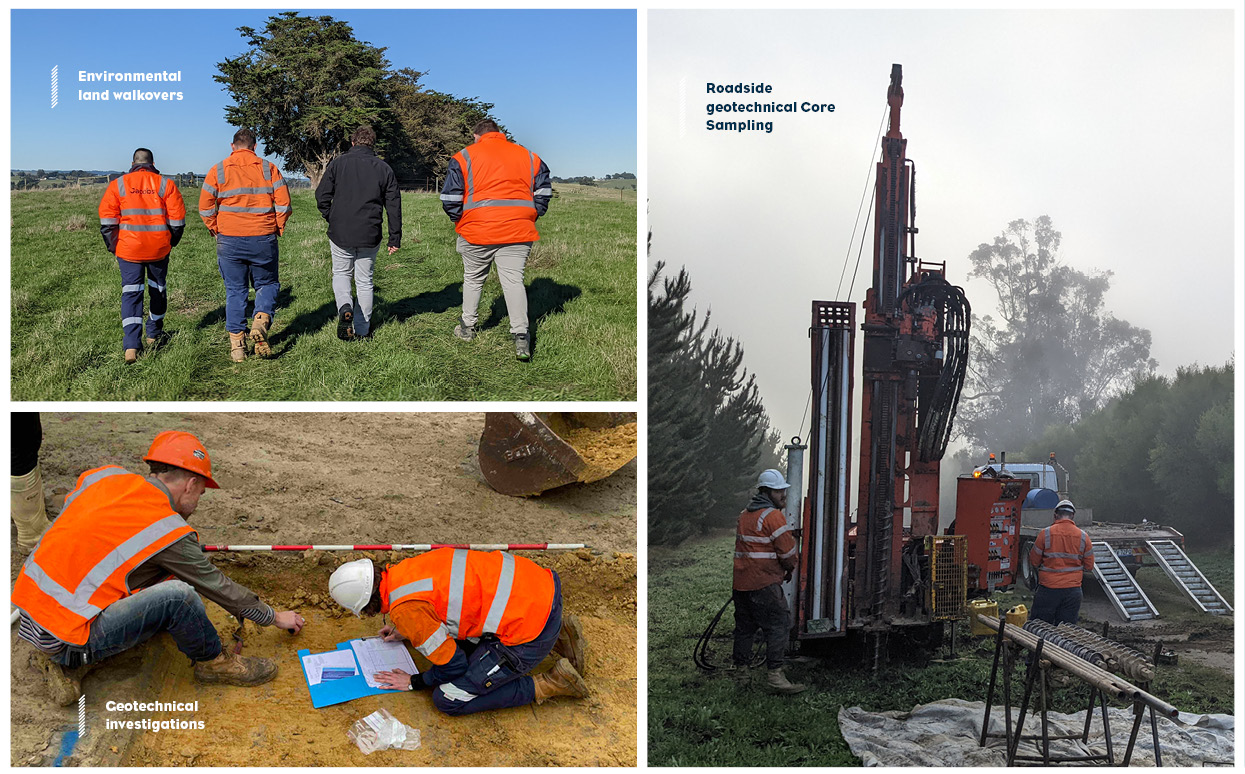
Survey spotlight: Night ecology surveys
As many Australian native animals are nocturnal, night surveys allow us to better understand the presence of certain species. These are some of the activities included in night surveys:
- Spotlighting – spotlighting uses lights from a vehicle or a torch to detect the presence of animals. In most cases, animals are spotted when the light reflects on their eyes.
- Fauna call playbacks – involves the broadcast of recorded animal calls to encourage a response from the targeted species. This method works well for shy or hard to see animals such as nocturnal birds and frogs.
- ‘Anabat’ acoustic monitoring – an Anabat ™ detector is an electronic device designed to record the echolocation calls of bats (that are usually beyond human hearing).
- Dip-netting and bait trapping – this activity records the presence of tadpoles and frogs. Nets are carefully set near waterbodies in the evening and anything captured is recorded then released the next day.
- Remote sensor cameras – this activity involves the setting up of remote sensor cameras with night vision. As you can see by the images below, we have had some success with this survey method!
- Owl surveys – generally a combination of spotlighting and call playback to determine presence. We also tend to look for things like ‘whitewash’ at the base of trees (i.e. poop) and pellets (regurgitated bits of bone and fur).
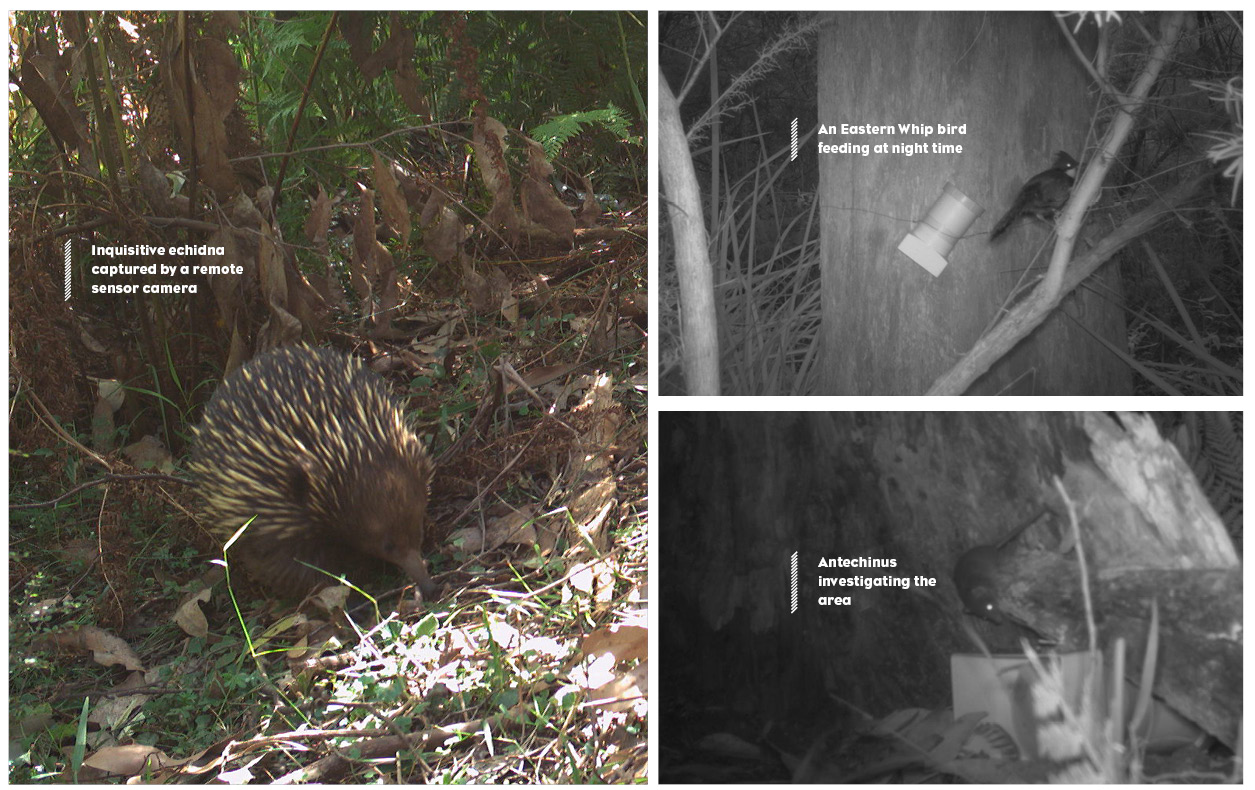
Answering your questions
What is happening in Mardan?
As part of the Design and Approvals phase (2022-24) of the project, Marinus Link purchased property at 1560 Mardan Road, Mardan, as a base for a number of site offices and as a laydown area for equipment, to support pre construction survey activities and efforts during construction. It is expected that we will require other areas along the project alignment to store equipment and machinery, as the project develops.
The Mardan property will not be used as a large depot with trucks entering and exiting 24/7. The traffic movements will be in line with expectation for an agricultural property.
We are not planning to construct permanent infrastructure, such as a converter station or transmission substation, on the Mardan property.
We will keep the community updated with works notifications prior to any activities or changes.
When are you planning to start building Marinus Link?
Construction for Marinus Link will start in 2025, following a final investment decision, which is scheduled for the end of 2024.
While construction for both phases is expected to take around 5 years, this doesn’t mean we will be working along the whole project area for this time, it will be done in stages.
Will property owners with easements be able to sell their properties, and will Marinus Link Pty Ltd have to approve whether a property is sold?
No. The easement agreement does not prohibit people from selling their property and Marinus Link Pty Ltd has no role in approving private property sales.
If a property with an easement is sold, the easement agreement will transfer to the new property owner. Marinus Link Pty Ltd will only need to be notified of a sale.
If you have a question you’d like us to answer in the next newsletter, send us an email at team@marinuslink.com.au
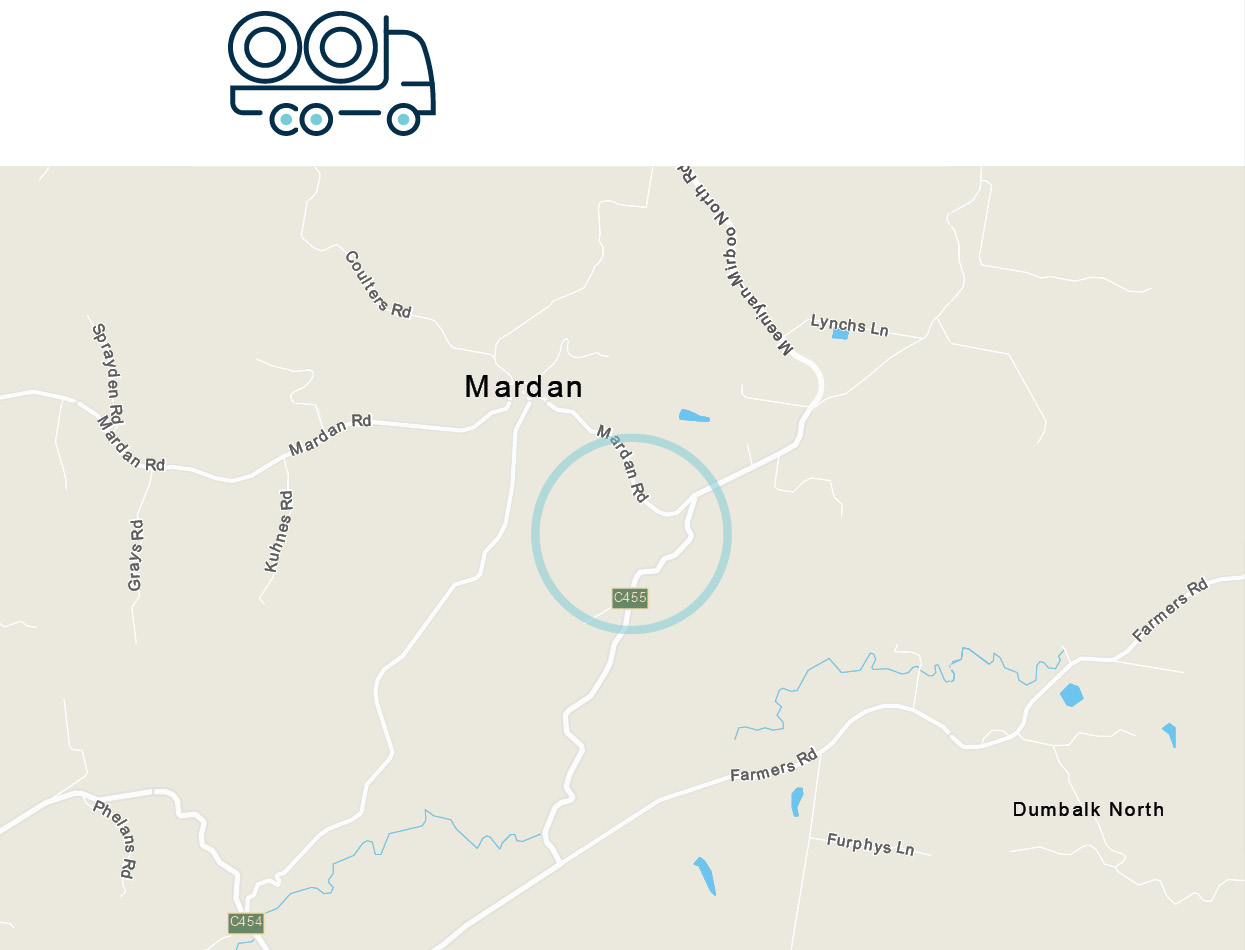
$150 million secured towards ‘national priority project’
Marinus Link has welcomed a $75m funding grant from the Australian Government, matching a $75m commitment from the Tasmanian Government. This combined funding agreement will see the project through to a final investment decision currently scheduled for late 2024.
Who will pay for Marinus Link?
Currently, the cost of building transmission projects in Australia is recovered from consumers in the states in which they’re built. For Marinus Link, this would mean Victorians and Tasmanians would repay the cost of the project over its 40-50 year life span.
The benefits of Marinus Link will flow through the whole National Electricity Market which also includes NSW/ACT, QLD and SA. According to AEMO a world with Marinus Link will deliver $4.5 billion of benefits to customers above and beyond the cost of the project.
We’re working with the Australian and Tasmanian governments seeking a change to the current rules with a submission to the Australian Energy Market Commission (AEMC). The rule change will help ensure that costs are shared fairly across the eastern states.
The AEMC will run extensive consultation before making a final decision on the rule change.
We’ve worked with customers from across the NEM to ensure their views are considered in our rule change submission. More information about the Marinus Link Consumer Advisory Panel (CAP) can be found here: marinuslink.com.au/consumer-advisory-panel
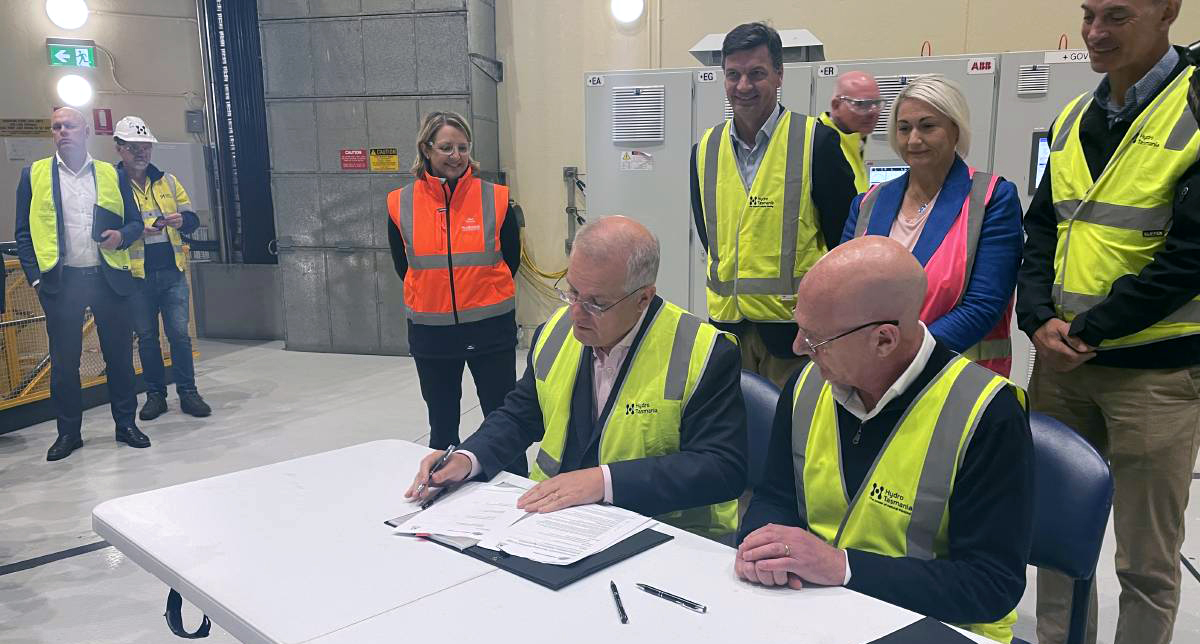
What is Marinus Link?
Marinus Link is a proposed 1500 megawatt (MW) capacity underground and undersea interconnector between Victoria and Tasmania. It is supported by transmission developments in North West Tasmania.
The project will provide Victoria and other states across the National Electricity Market (NEM) with access to Tasmania’s significant dispatchable renewable energy generation and storage. Keeping lights on, reducing emissions, creating jobs and putting downward pressure on prices across the NEM.
Marinus Link has the added benefit of optical fibre, supporting increased telecommunications capacity and data exchange across Bass Strait.